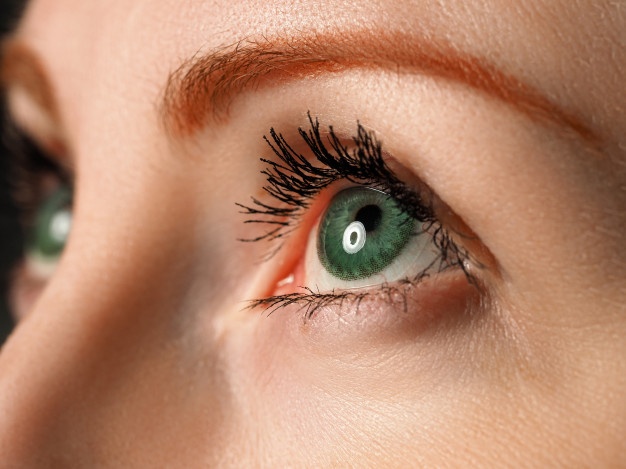Millions of people around the world wear contact lenses but we cannot identify them just by looking at them.
What is a contact lens?
A Contact lense is a thin curved lens that is placed directly on the surface of your eyes.
Contact lenses are both hard and soft but people prefer soft contact lenses and it was not long ago when people used to wear glass blown lenses.
Types of contact lenses
Soft contact lenses – These lenses are soft and flexible and it is made from plastic. Soft contact lenses are extremely comfortable and also very easy to wear. The flexible plastic used in lens allows passage of oxygen to the cornea. This lens is a disposable.
Hard contact lenses – Hard contact lenses are made from rigid glass preamble that is flexible and it also allows passage of oxygen through the lens to the cornea while still maintaining the shape of the lens. This contact lenses are durable and easy to handle and care. There are also some disadvantages of hard contact lenses such as they are vulnerable to scratches and can easily get dislodged from the centre of the eye.
Contact lenses are very safe but failing to clean them in timely manner and also wearing them too long can damage your eyes.
Since contact lenses cover the entire cornea surface hence lack of oxygen may damage your eyes, so while wearing a contact lens make sure your cornea does not get deprived of oxygen. There is nothing to worry about since most of the contact lenses are either preamble contact lenses or soft contact lenses, in both cases they alloe the passage of oxygen to the cornea.
To protect your eyes it is advisable to discard or replace your contact lenses in a timely manner.
You can wear modern silicon hydrogel contact lenses because these are made up of materials that transmit more oxygen to your eyes than conventional soft contact lenses and it may be safer for your eyes in the long run.
Another option is to use gas preamble contact lenses because these are smaller in diameter than silicon Hydrogel contact lenses, hence they Cover less surface area and give room for more oxygen passage and also these contact lenses move with each eye blink, allowing fresh tears to move under the lens thus decreasing the risk of eye problems.
Contact lenses increases the risk of eye damage because bacteria and other infection causing organism is can accumulate on them. Chances of eye infection is very less, it is 4 out of 10,000 daily contact lens wearers which is 0.04%.
You can largely decrease the risk of eye damage by cleaning and disinfecting your contact lenses before each use.
Contact lenses must be discarded and replaced in a timely manner as directed by your eye doctor.





